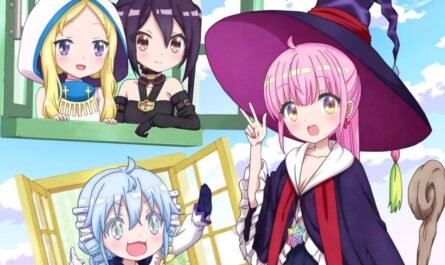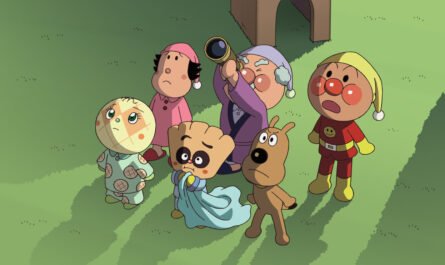The cartoon “Pompo-san, who loves movies” depicting the production site of entertainment movies has been made into an animated movie. Directed by Takayuki Hirao, such as “Theatrical Version Sky Boundary Chapter 5 Contradiction Spiral” (2008), “GOD EATER” (2015), and “Witch Girl Sisters Yoyo and Nene” (2013). In this “Pompo-san”, the drama in which movie producer Pompo’s assistant, Jean Fini, is absorbed in making a movie as a new director is drawn with an enthusiastic touch.
On the other hand, the gorgeous painting leaves a strong impression. This time, we interviewed Emi Chiba, who was in charge of the color design for “Pompo-san”.
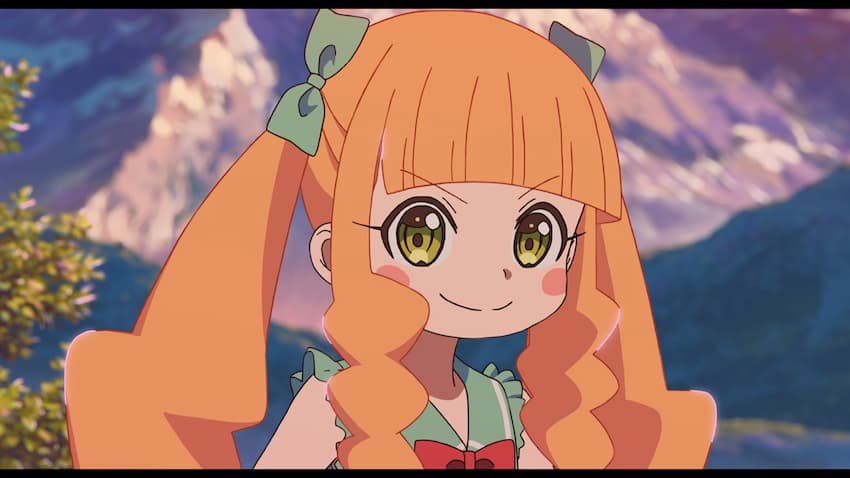
Speaking of anime colors, you used to paint from the back of the cell. Does Mr. Chiba experience such an era?
Chiba When I entered the industry, there was a transitional period in which anime production was shifting from analog to digital, and some companies were still painting cells. Telecom Animation Film, which I joined as a newcomer, switched to digitalization quickly, so I have never painted it by hand.
I interviewed you during “The Garden of Sinners” (2007-2013), but after deciding the basic color of the character, it seems that you will make fine adjustments for each scene.
Chiba That’s right. First, decide on the basic color of the character, and when the background comes up, adjust it according to the background. It’s often said that changing colors on a cut-by-cut basis is overkill on TV, but as long as I have the time and spare time, I think “it’s going to get better, so it’s better to do it as much as possible”, so I try to adjust it for each cut. I am. “Pompo-san, who loves movies,” is a theatrical work, so there are few restrictions like on TV, so I was free to do it. I will submit a color plan from myself, and if the director (Takayuki Hirao) requests “I want you to do this a little more”, I will change it accordingly. Not only the main story but also the colors of posters and copyright illustrations are adjusted according to the atmosphere without changing the basic colors.

The color may change drastically during the shooting process. Do you have a meeting with the cinematographer?
Chiba No, I never go to a shooting meeting. There is probably a goal between the cinematographer and Hirao, and I think that color design is making materials in the middle of that process. I think it’s more important than the whole work is organized than to give it a unique personality.
“Pompo-san” is set in a fictional city called “Nyariwood”, and is it a mysterious worldview that cannot be called fantasy or real?
Chiba A cute anime-like character rides on a very dense background. Since there are few character parts, the number of colors is limited. Therefore, by devising the colors of the edges and highlights, we created colorfulness. Also, the color of the props that the character gets gave me a sense of reality. For example, if the character has a PC, painting it in yellow or pink will make it colorful, but I don’t think he can enter the world of the work. Therefore, the props that the character gets are painted in realistic colors. In other works as well, the colors are decided so that the character feels “in that place”.
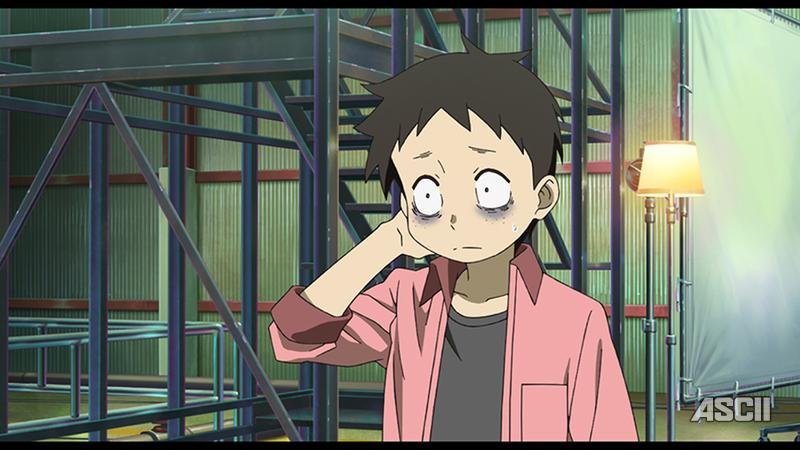
What kind of members were the coloring staff?
Chiba, I’ve been free for about four years, but the coloring staff who worked at the same workplace before are also free, so I asked the well-known people who always work with me. .. Some worked from home, while others worked in another studio in parallel with other works. Normally, I would concentrate and finish it in a couple of weeks, but like club activities, “Pompo-san” worked only for a couple of hours that day. It feels like you’re not working hard all day long, but gradually moving forward after school.
You mentioned earlier that you put a colorful color on the edge, but the outline of the character has vivid colors such as light blue and yellow. Director
Chiba Hirao always puts something new in his work. For example, I always think about something like eliminating the shadow color or making it a color tress, but there was no specific order, which is unusual for “Pompo-san, who loves movies.” It was about “think about something”. Before starting the production of the main part of “Pompo-san”, I made a short promotional video, but if I don’t know which color to paint, I have painted a temporary color. I adjusted it to get the original color, but it happened that a temporary color remained only on the edge part, which was very cool. It’s a coincidence, but it’s not too much trouble, and when I showed Hirao “How about it?”, He was hired.
But you have to decide the edge color for each scene, right?
Chiba Yes, I decided the color of the edge as the background came up. Long scenes are good, but small scenes have to wait until the background rises, which has caused trouble for the color designer staff.
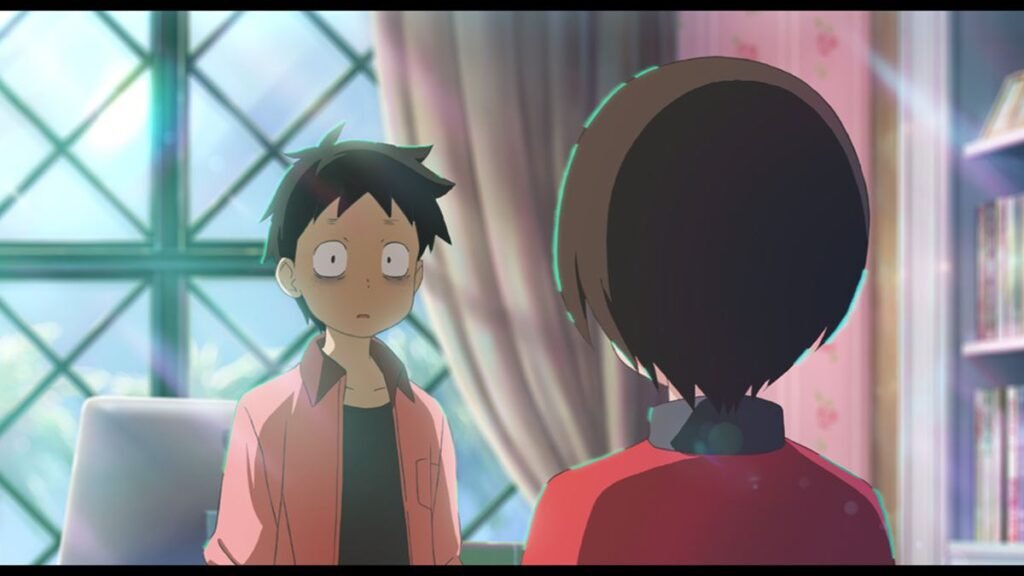
The individuality of the work was very outstanding.
Chiba, I thought that the colored edges would be used in a limited way as a psychological depiction. I thought it would only be a showcase of “here”, but it was unexpected because it was often used in everyday scenes. I personally don’t like overdoing these expressions, and I wanted to make them memorable after I finished watching them. So, at first, I used to lighten the edge color, but in the latter half of the work, I kept it down and balanced it. That kind of part needs to be controlled by coloring.
Did you talk about where and how much color edge to put?
Chiba No, maybe it was decided at the production meeting, or it was left to the drawing person. In terms of expressions other than edges, there were also abnormal colors.
When you are shocked, the color of the character turns purple, isn’t it? How do you decide on such a color?
Chiba First of all, we ask the staff to paint with the official color and finish the color inspection. From there, I adjust it myself to make it an abnormal color, but if I can’t see the director’s hobbies and the direction of the work, I don’t think I know what color to use. It’s not just a matter of changing to a strange color … The director didn’t specifically ask me what color I wanted it to be, it just said “this cut is in an abnormal color”, and it’s fluffy like “make it a little stranger”. I only get the correction instructions. Then, it depends on my feelings at that time, or the condition (laughs).
Mr. Chiba’s feelings while working are reflected in the colors, right?
The Chiba climax had a tighter schedule, and I was working with the same face as Jean in the play. I was happy because I was able to express my feelings at that time. However, the work of color design is basically small. The only way to show the place you want to show in the cut is to remove the surrounding color. The character in the foreground is not limited to “Pompo-san”, such as desaturating and darkening shadows, and the things to do are always the same. It feels like I’ve been making connections for three years.
Please tell us your impression when you read the original manga of “Pompo-san, who loves movies”.
Chiba, I also like movies, but I didn’t watch them in as much detail as the original manga. Therefore, the feeling of being absorbed in the details of the movie was interesting, and I was happy that I was involved in the animation of this manga. However, from the point of view of color design, I am surprised at the pages that suddenly become color in the monochrome manga. I was nervous about how to reduce the sudden color production in animation. I felt that the original fans would get angry, saying, “If it’s not directed like this, it’s not Pompeo-san’,” but I was relieved because the completed movie had a completely different approach.
What do you think about the finished movie?
Chiba, I felt that it wasn’t just a promotional thing that just looked good, but that it was a movie. I’m glad that the contents are so tightly packed that I don’t mind the cute design of the character. I think it is very important that the director Kenji Imura and the assistant director Kanji Miyake participated this time. Until now, director Hirao has rarely directed and directed, but this time he was able to create works in an environment with full-fledged directors. I think it was a very good thing.
Director Hirao is a passionate person, so do you feel that Mr. Imura and Mr. Miyake saved it? Mr. Imura
Chiba and Mr. Miyake are also passionate about each other. However, I was able to work with peace of mind thanks to the two people following up on small mistakes that everyone would miss and managing the setup properly.
Director Hirao is also the master of Mr. Chiba. Was it difficult to do in that respect?
Chiba, I don’t really care about that. It’s easier to express opinions than the directors of other works, and I think I was able to play something I wouldn’t normally do. This time, Director Hirao made many troublesome requests for every section. However, if you think of Director Hirao as Jean, who desperately makes a movie in the movie, he is warmly supported. Even if it is a troublesome request, if you think “because this person is Jean himself”, you can respond “yes, then it can’t be helped”. The work itself is hard, but you can do your best in your own section. In that sense, I think I felt comfortable. For Director Hirao, I think he has created a good icon that says, “That person is a director like Jean who appears in’Pompo-san’.”
Mr. Sugiya, the original author of Chiba, let him swim to see how Director Hirao will appear, and there was a “Pompo-san feeling”, including the part where he was waiting, “I’m looking forward to what kind of animation it will be.” The dull chat that Director Hirao talked to me and other staff members was used as it was in the movie, and I was listening to the voices of the people around me. I also understood the director’s feelings toward the majority.
Recent anime works are becoming easier to accept even expressions that have never been seen before. I think I used to be tied to the original, but now it feels good to get out of the pattern and push out my style, saying, “I just like this.” I feel that the people who watch the anime also admit that “if it’s cool, it can be different from the original.”
Can you give us some advice for those who want to move on to color design work? If you join a
Chiba production company, chances will come around. Because there are a lot of works now. If you have the motivation to touch Photoshop, it’s a job that anyone can work on. “Pompo-san” is a movie about creators, so it reminded me of the fresh feeling that “I’ve been working on a color design for 20 years, so I don’t feel like this.”
(Interview / text / Keisuke Hirota)
(C) 2020 Shogo Sugiya [Human Plamo] / KADOKAWA / Pompo-san Production Committee, who loves movies







